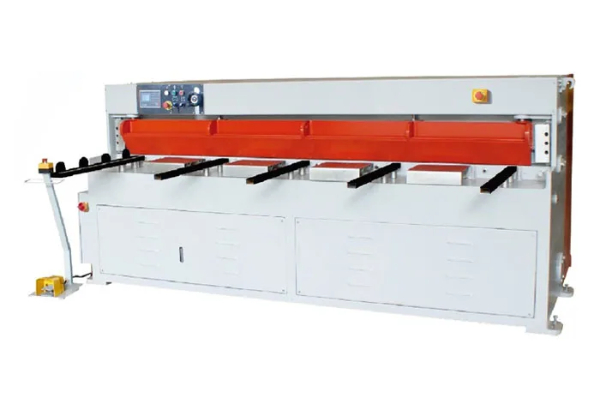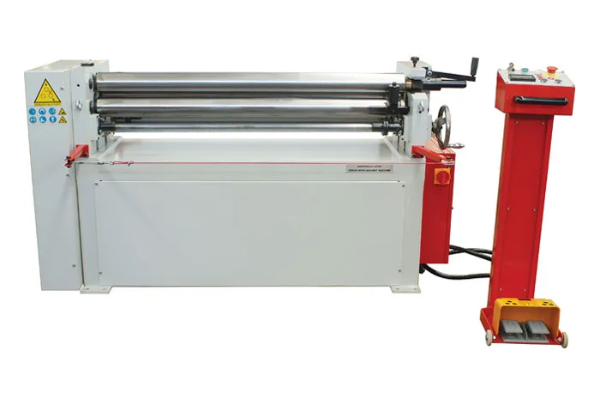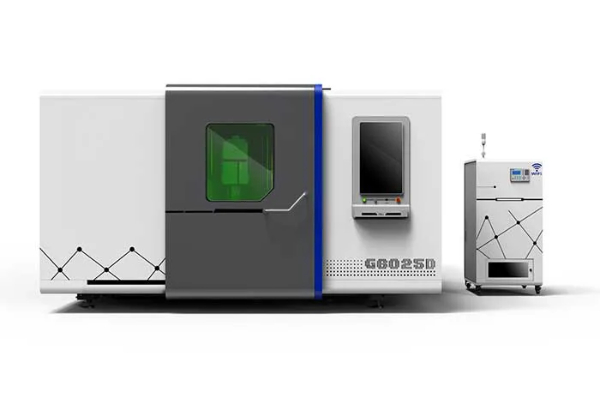
The Complete Guide to Metal Punching Machines- Everything You Need to Know
- By:Metmac
- 2024-07-01
- 140
The Ultimate Guide to Metal Punching Machines: Demystifying Metal Fabrication
As the cornerstone of metal fabrication, metal punching machines empower manufacturers with precise and efficient hole-making capabilities. The Complete Guide to Metal Punching Machines: Everything You Need to Know serves as an invaluable resource for anyone seeking to delve into the multifaceted world of these indispensable tools.
Types of Metal Punching Machines
Hydraulic Punching Machines:
Harnessing hydraulic pressure, these machines deliver robust punching power and excellent precision. They excel in heavy-duty applications involving thick or hard materials.
Mechanical Punching Machines:
Utilizing a flywheel or crank mechanism, mechanical punching machines provide a cost-effective solution for punching smaller holes in thinner materials. Their simpler design lowers maintenance requirements.
Key Components
Punch:
The core component responsible for piercing holes, punches come in various shapes and sizes to accommodate diverse hole configurations.
Die:
Complementary to the punch, the die supports the metal sheet and prevents deformation during the punching process. Its design ensures precise hole shape and alignment.
Punching Processes
Positive Punching:
In this process, the punch and die completely shear the material, resulting in clean hole edges and minimal burring.
Negative Punching:
Utilizing a die with a narrower opening than the punch, negative punching creates holes with a tapered edge. It offers versatility in hole sizes and reduces material consumption.
Factors to Consider
Punching Force:
The force required to penetrate the material, typically expressed in tons. Higher force is necessary for thicker and harder materials.
Stroking Speed:
The rate at which the punch moves up and down, measured in strokes per minute. A faster stroke speed enhances productivity.
Throat Depth:
The distance from the center of the punch to the frame of the machine, limiting the maximum workpiece size that can be punched.
Applications
Metal punching machines find widespread utilization across industries, including:
Automotive: Crafting body panels, chassis components, and exhaust systems.
Construction: Fabricating steel beams, structural supports, and cladding panels.
Appliance Manufacturing: Producing washing machines, refrigerators, and air conditioners.
Electronics: Creating circuit boards, enclosures, and cooling vents.
Advancements in Technology
CNC Control:
Computer numerical control (CNC) systems enable precise and automatic operation, reducing set-up time and human error.
Laser Punching:
Utilizing high-powered lasers, laser punching machines cut holes with exceptional accuracy and minimal heat-affected zone.
Servo-Hydraulic Systems:
Employing a closed-loop control system, servo-hydraulic machines offer increased speed, precision, and energy efficiency.
Conclusion
The Complete Guide to Metal Punching Machines: Everything You Need to Know provides a comprehensive overview of these versatile machines. By understanding their types, components, processes, and applications, individuals can make informed decisions in selecting and operating the ideal punching machine for their specific needs. Whether you’re a novice or an experienced fabricator, this guide empowers you with the knowledge to elevate your metal fabrication prowess.
-
The Advantages of Using a Sheet Roll Forming Machine in Manufacturing
2024/09/14 -
How to Optimize Your Laser Sheet Cutting Machine for Maximum Performance
2024/09/12 -
How to Maximize Efficiency with Modern Sheet Metal Working Machines
2024/09/04 -
The Environmental Benefits of Using Duct Board Grooving Machines
2024/09/03
-
Efficient Laser Cutting Machines for Steel Plate and Sheet Metal Fabrication
2025/07/03 -
Versatile Sheet Metal Machinery for Precision Fabrication
2025/07/03 -
High-Quality Sheet Metal Laser Cutting Machines for Modern Fabrication
2025/07/03 -
High-Precision Sheet Metal Equipment for Modern Manufacturing
2025/06/28
-
A Guide to the Latest Innovations in Sheet Metal Folding Machines
2024/11/29 -
Key Features to Consider When Investing in a Sheet Metal Folding Machine
2024/11/28 -
Enhancing Precision with Advanced Sheet Metal Folding Machines
2024/11/27 -
How to Choose the Right Sheet Metal Folding Machine for Your Workshop
2024/11/26



